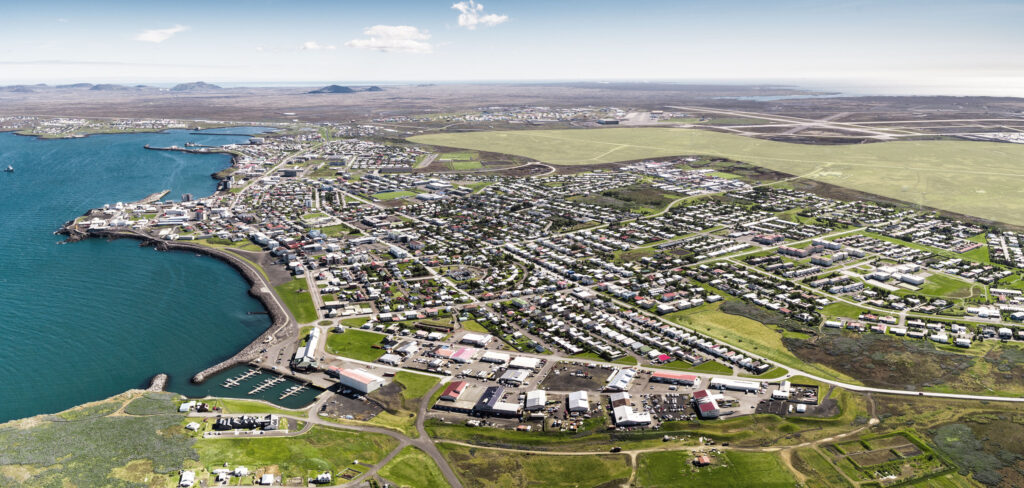Kadeco is a collaboration platform consisting of the Icelandic state, Isavia and the Suðurnesjabær and Reykjanesbær municipalities, which is leading the planning and development of a 55km2 area surrounding Keflavik International Airport (KEF), Iceland’s primary aviation hub. The current focus is on the development of areas that will strengthen the connections between the airport and the Helguvík harbor site, the neighboring municipalities and the capital area with Keflavik Airport.
According to the group, five multinational design teams have qualified for the next phase of the Keflavik Airport Area strategic masterplan competition. Proposals were submitted by 25 teams, each made up of seven to ten companies. The applicants included many global leaders in their fields.
Kadeco’s design tender aims to create a strategic masterplan for the area until 2050. The masterplan will establish the spatial, economic and aesthetic framework for the future development of the area surrounding KEF, building on the area’s main strengths – including the airport itself and several seaports – and focusing on making the Southern Peninsula an even better place to live, work and visit.
During the next six months, the five teams – AECOM, Arup, Jacobs, KCAP and OMA – will develop and explore their ideas for the site. The winning proposal will be announced by the end of 2021.
According to Pálmi Freyr Randversson, Kadeco’s managing director, “Participation was beyond expectation and we were delighted by the level of experience within the teams. Choosing between the 25 participants was all but easy and in fact, the hardest part was to announce to 20 great teams that they had not been chosen. The months ahead will be exciting and complex, as we will choose one of the five teams as the winner and our future collaborator in the project. It’s clear that the fruit of this competition will not only be a strategic masterplan for the area: it has already established new connections between Icelandic companies and world-leading international firms. These connections and the knowledge that is created through collaborations like these are extremely important for this field in Iceland.”

